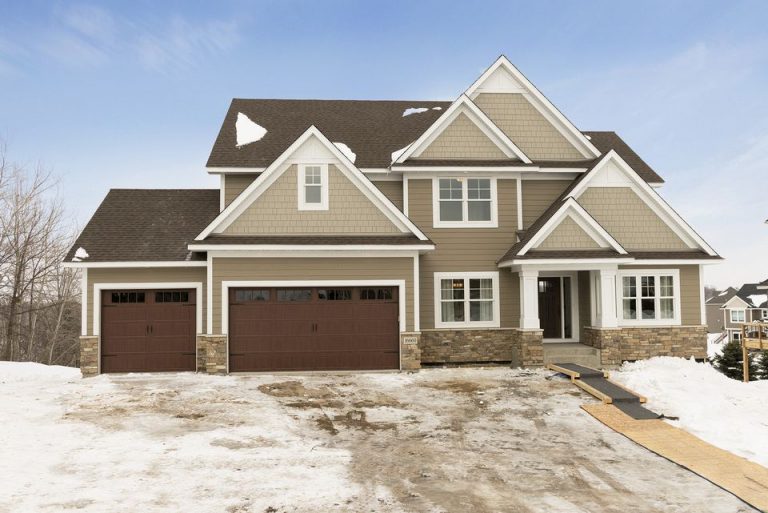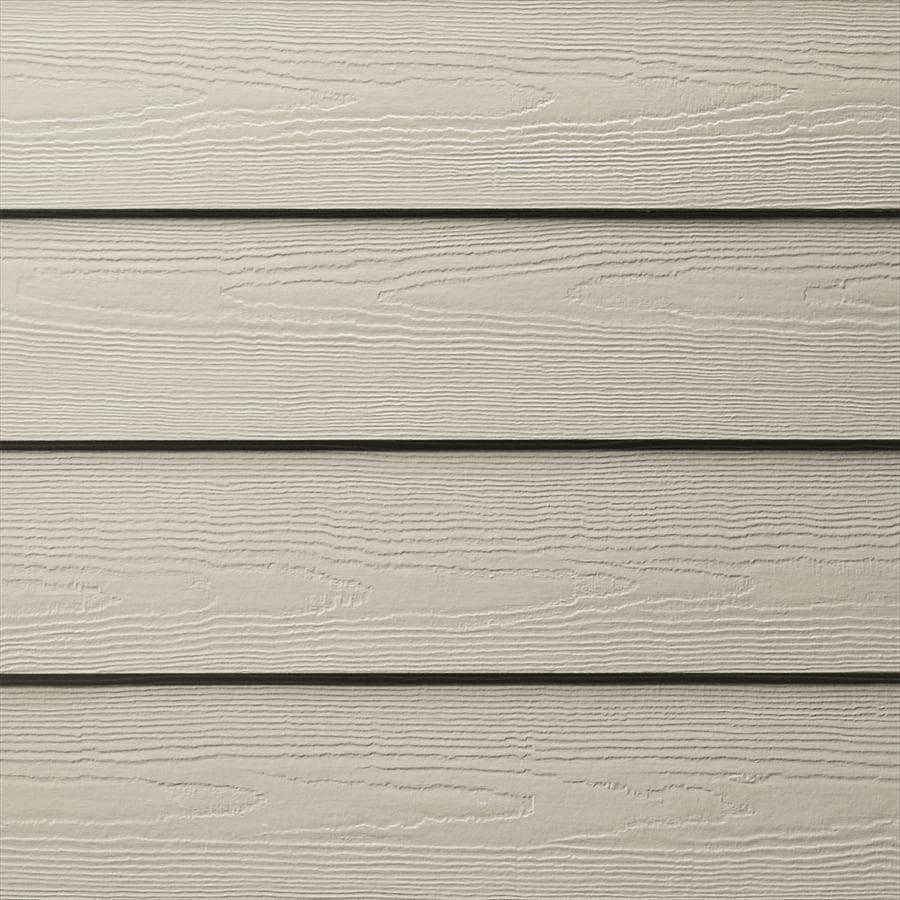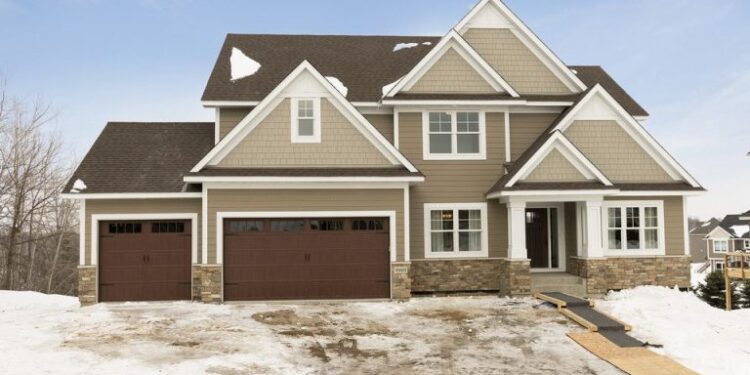Starting with hardie cobblestone, this introductory paragraph aims to provide a comprehensive overview of what this material entails and how it can be utilized in various construction projects.
Delving into its characteristics, features, and applications, this paragraph sets the stage for a detailed exploration of hardie cobblestone.
Introduction to Hardie Cobblestone

Hardie Cobblestone is a durable and versatile building material used in construction projects. It is made from a mixture of cement, sand, and other additives, creating a strong and long-lasting product.
Characteristics and Features of Hardie Cobblestone
- Resistant to weathering and decay, making it suitable for outdoor applications
- Available in various colors and textures to complement different architectural styles
- Easy to install and maintain, reducing overall construction time and costs
- Provides a classic and timeless look to any project
Applications and Uses of Hardie Cobblestone
Hardie Cobblestone is commonly used for:
- Driveways and walkways
- Patios and outdoor living spaces
- Accent walls and facades
- Landscape borders and edging
Installation of Hardie Cobblestone
When it comes to installing Hardie Cobblestone, following a step-by-step guide is essential to ensure a durable and visually appealing finish. Below, you will find detailed instructions on how to properly install Hardie Cobblestone, along with the necessary tools and materials required for the job.
Tools and Materials Required
Before starting the installation process, it is important to gather all the necessary tools and materials. Here is a list of items you will need:
- Hardie Cobblestone tiles
- Adhesive mortar
- Notched trowel
- Grout
- Grout float
- Tile spacers
- Tile cutter
- Level
- Rubber mallet
- Sponge
- Bucket
- Waterproof sealant
Best Practices for Laying Hardie Cobblestone
When laying Hardie Cobblestone, it is important to follow these best practices to ensure a long-lasting and professional-looking installation:
- Clean the surface: Make sure the surface where you will be installing the cobblestones is clean, dry, and free of any debris.
- Apply adhesive mortar: Use a notched trowel to apply adhesive mortar to the back of each cobblestone tile before placing it on the surface.
- Use tile spacers: Place tile spacers between each cobblestone tile to ensure even spacing and alignment.
- Cut tiles when necessary: Use a tile cutter to trim tiles as needed to fit the edges and corners of the installation area.
- Secure with grout: Once all the cobblestones are in place, use a grout float to fill the gaps between the tiles with grout. Wipe off any excess grout with a damp sponge.
- Seal the surface: To protect the cobblestones from water damage and staining, apply a waterproof sealant over the grout lines and the surface of the tiles.
Benefits of Hardie Cobblestone
Hardie Cobblestone offers a range of advantages over traditional cobblestones, making it a popular choice for paving projects.
Durability and Longevity
- Hardie Cobblestone is incredibly durable, able to withstand heavy foot traffic and harsh weather conditions without cracking or fading.
- Compared to natural stone cobblestones, Hardie Cobblestone is less prone to chipping and erosion, ensuring a longer lifespan for your paved areas.
- Its robust composition makes it resistant to mold, mildew, and pests, maintaining its appearance and structural integrity over time.
Maintenance Requirements
- Hardie Cobblestone requires minimal maintenance, only needing occasional cleaning with water and mild detergent to keep its vibrant colors and finish.
- Unlike traditional cobblestones that may require regular sealing or re-leveling, Hardie Cobblestone retains its shape and color with little intervention.
- Its low-maintenance nature saves time and money in the long run, as it does not require frequent repairs or replacements.
Design Ideas with Hardie Cobblestone

Incorporating Hardie Cobblestone into landscaping projects can bring a unique and charming look to your outdoor space. The versatile nature of Hardie Cobblestone allows for various design possibilities that can enhance the overall aesthetic appeal of driveways, walkways, and patios.
Driveways
- Create a classic and timeless look by using Hardie Cobblestone to Artikel the edges of the driveway.
- Combine Hardie Cobblestone with concrete or asphalt for a modern twist on a traditional cobblestone driveway.
- Integrate different colors of Hardie Cobblestone to create intricate patterns or borders for a more customized design.
Walkways
- Use Hardie Cobblestone to create a charming pathway through your garden or yard, adding texture and visual interest.
- Mix and match different sizes and shapes of Hardie Cobblestone to create a unique pattern or mosaic effect along the walkway.
- Combine Hardie Cobblestone with greenery or flowers to create a seamless transition between the walkway and the surrounding landscape.
Patios
- Design a cozy and inviting outdoor patio area by using Hardie Cobblestone as the flooring material.
- Create a focal point by incorporating a Hardie Cobblestone fire pit or seating area into the patio design.
- Enhance the overall aesthetic by adding outdoor furniture and decor that complements the rustic charm of Hardie Cobblestone.
End of Discussion

Wrapping up our discussion on hardie cobblestone, we have uncovered its diverse uses, benefits, and design possibilities. This material offers a unique combination of durability and aesthetic appeal, making it a popular choice in the realm of construction and landscaping.
Commonly Asked Questions
What sets Hardie Cobblestone apart from traditional cobblestones?
Hardie Cobblestone offers enhanced durability and longevity compared to traditional cobblestones, making it a reliable choice for various projects.
What tools and materials are essential for installing Hardie Cobblestone?
Key tools include a mallet, a level, and a saw, while materials like sand and gravel are commonly used in the installation process.
How can Hardie Cobblestone be combined with other materials for a visually appealing finish?
Hardie Cobblestone can be paired with materials like natural stone or concrete to create unique design patterns and textures.


